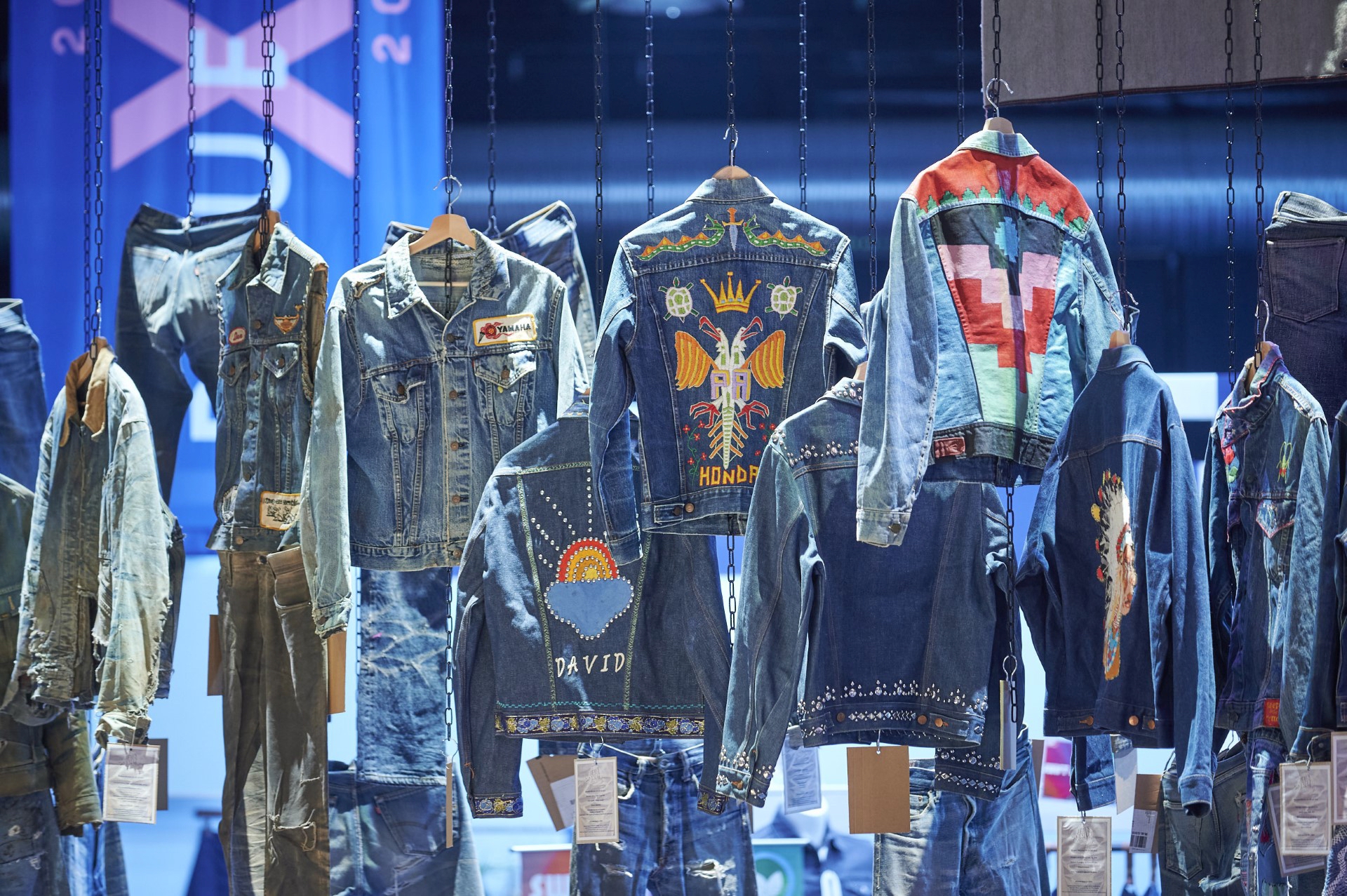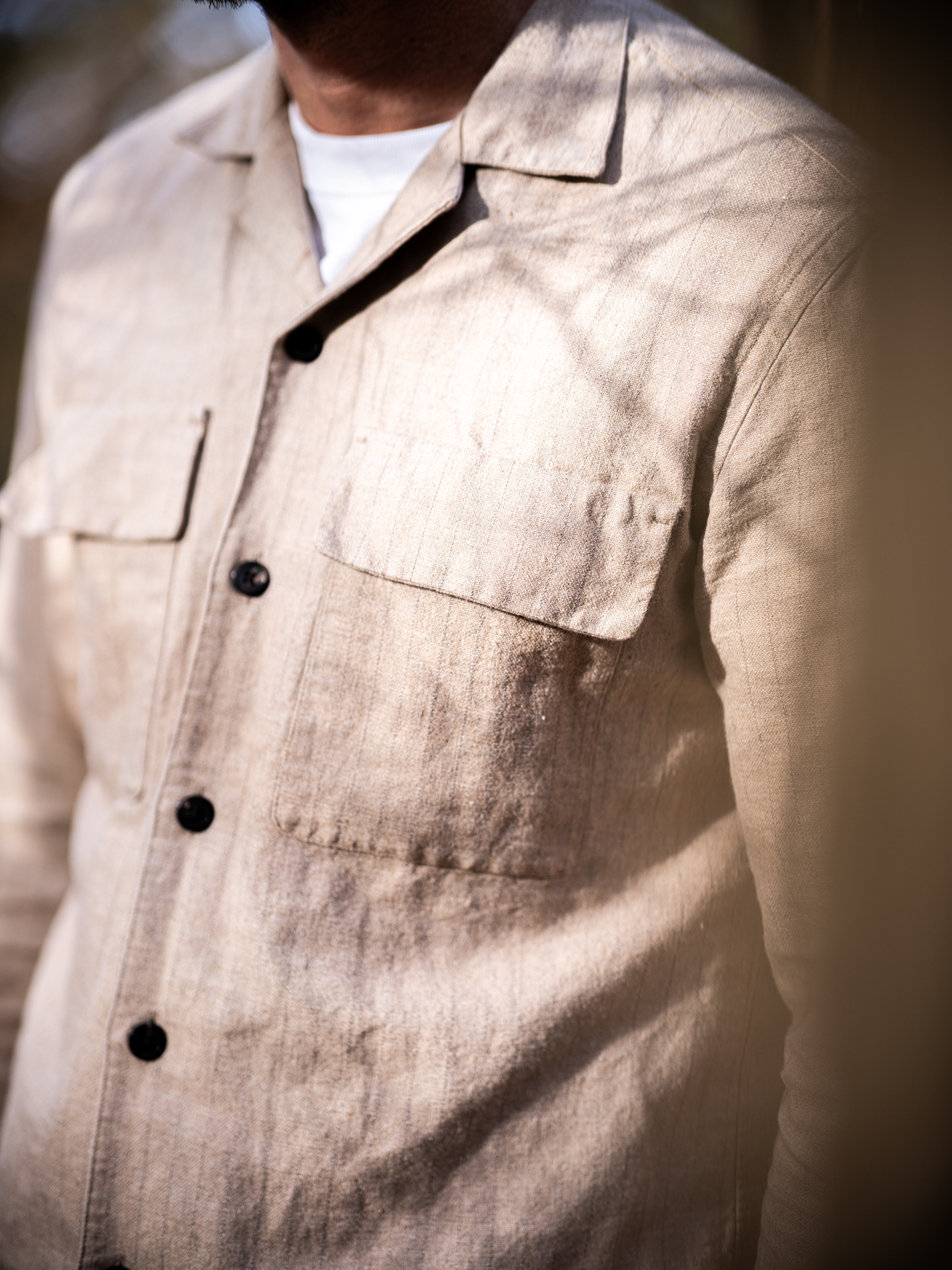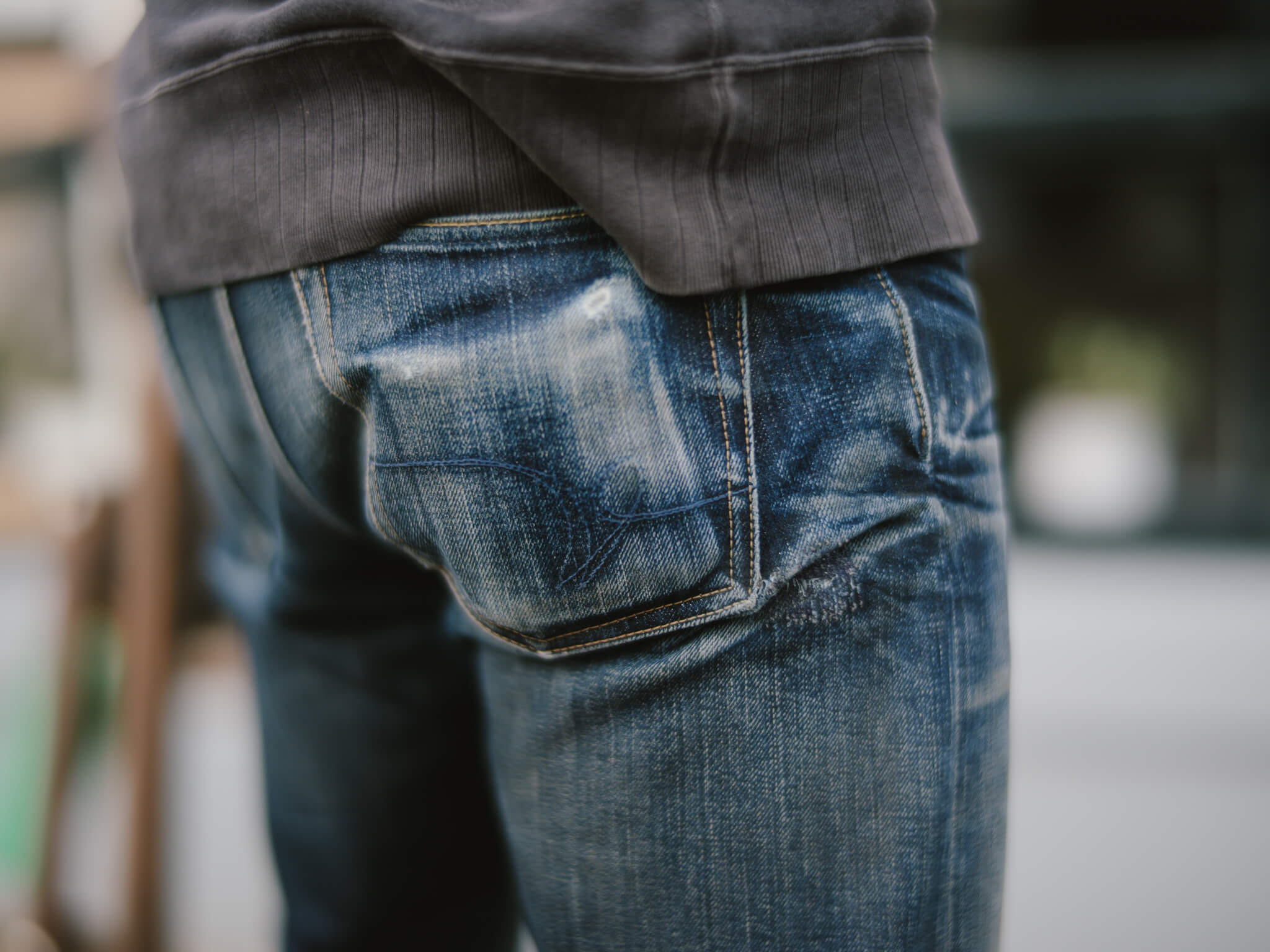Interview with Kishimoto, managing director of Japan Blue, about cotton
In the next few weeks, we will look into the different stages of the manufacturing process at Japan Blue. Today, in the first of three articles, we will talk about the raw material of a pair of jeans: Cotton.
We have dedicated a few articles to cotton in the past, but this time the seasoned denim master Kishimoto will do most of the talking. As managing director, Kishimoto is involved in every stage of the production process of Japan Blue. With decades of experience at one of the leading companies in the denim world, he is the right person to broaden your knowledge about denim. Whether we are speaking about the fabric, garment designs, or how to put a denim brand in the market, Kishimoto knows all the ins and outs.
Still have questions about cotton after reading this article? Send us an email (or DM on Instagram), and we will fire your question to Kishimoto! But first, enjoy Kishi’s wise words about cotton…
Robin Denim: Why is cotton so extremely suitable for making jeans? Are there any alternative (raw) materials for making a pair of jeans?
Kishimoto: The main reason is because cotton is incredibly strong, durable, but still so comfortable. Besides, cotton ages beautifully and naturally, so that is precisely what makes raw denim so attractive. Cotton lends itself perfectly to be woven into a denim fabric and can be easily adjusted. By just a few changes on the loom, the character and feel of the fabric will change substantially. Another advantage of cotton is its chemistry with indigo. Alongside the fading process of indigo, the cotton will damage or break, I love this phenomenon.
As an alternative to cotton, linen is a beautiful raw material that has a lovely slub and luster. The aging process of linen is, just like cotton, fantastic, but the feel of linen is not as good as cotton. It is not as soft as cotton, and therefore not so comfortable.
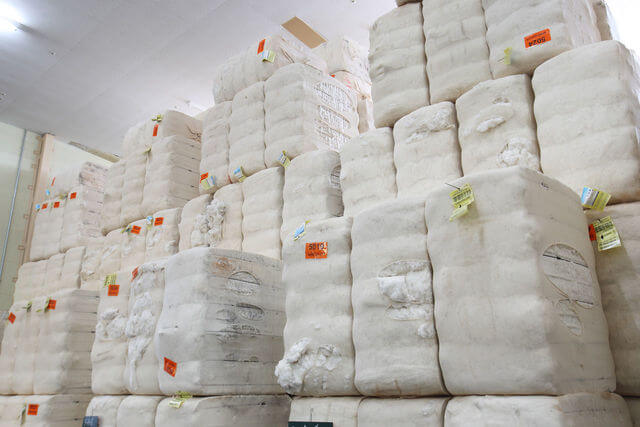
Photo courtesy of Japan Blue Jeans.
Robin Denim: Is it possible to create a pair of jeans of 100% linen? Or do you need to blend it with cotton? Has Japan Blue Jeans ever used linen in the collection?
Kishimoto: Sure, it is possible to create a fabric of 100% linen. Our fabric division, named Collect Co., has produced multiple linen denim fabrics, so we can easily create a pair of jeans made of 100% linen. In the past, we have made linen samples many times, but until now we haven’t released any of them because we weren’t completely satisfied. The samples looked absolutely fabulous, but the feeling of the fabric wasn’t as great as our cotton fabrics.
Robin Denim: What are the most important characteristics of cotton determining the quality?
Kishimoto: The length of the cotton fiber is the most essential characteristic we look at when we buy cotton. If the fiber length is short, we can still produce denim, but with a limitation when it comes to slub, character, and feeling. When the fibers are medium or long, we can put a lot of character into the fabric. Therefore, we usually work with middle or long fibers, which is, of course, more expensive.
Robin Denim: How does the type of cotton affect the quality of a pair of jeans? Do you, for example, use a different kind of cotton for a 12 oz. pair of jeans than for a pair of 18 oz.?
Kishimoto: It is possible to use the same type of cotton for a pair of 12 oz. and a pair of 18 oz. jeans. The kind of cotton does not necessarily have to do with the weight of the fabric. What has to do with the weight fabric is, for example, the thickness of the yarns and the density of the weave. So, we sometimes use the same cotton for a pair of 12 oz. and 18 oz. jeans.
We do use different types of cotton for different pairs of jeans. For example, when we want to create a pair of jeans with a soft feel, either a 12 oz. or 18 oz. fabric, we will use soft cotton, like for example cotton from Zimbabwe. Are we looking for a rough and hard pair of jeans, we might go for cotton from Texas because the feel is a lot rougher.
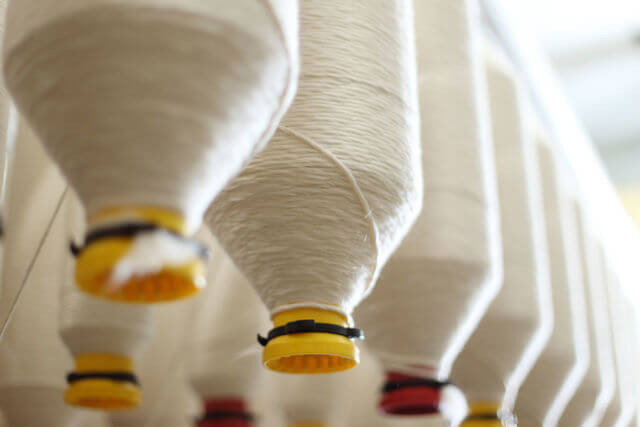
Photo courtesy of Japan Blue Jeans.
Robin Denim: From what countries do you source the cotton? Why these countries?
Kishimoto: For Japan Blue Jeans we work with many types of cotton, from many different countries which have all their own specialties and characteristics. Below I will mention the nations, as well as the typical characteristics of their cotton.
Côte d’Ivoire – Natural feeling, natural fading.
Zimbabwe – Soft feeling, a bit of slubby fading.
USA (Texas) – Hard feeling, a bit of slubby fading
USA (Memphis) – Natural feeling, sharp contrast fading.
Australia – Rough feeling, hard slub fading.
Robin Denim: What is the reason that cotton from different countries has different characteristics?
Kishimoto: One of the main factors is breed improvement to fit the cotton cultivation to the weather, which is different in each of the countries. By genetically manipulating the cotton plant, it is now possible to cultivate cotton under all kinds of weather circumstances. Another reason that causes the different characteristics, is the difference in the intended type of cotton. Some areas focus on improving the length of the fibers, while others specifically focus on the whiteness of the cotton.
One final reason is the way the cotton is harvested. Some countries use machines which results in a uniform quality of the cotton fibers. Others still reap the cotton by hand, causing less damage to the cotton compared to harvesting with machines, but is more time-consuming, and thus less efficient.
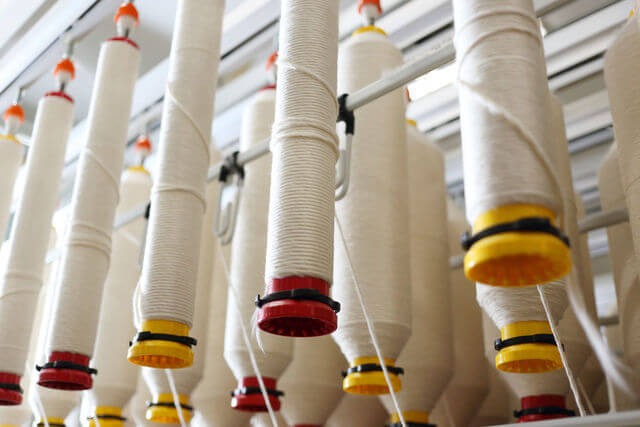
Photo courtesy of Japan Blue Jeans.
Robin Denim: Speaking about sourcing and buying cotton, where do you buy the cotton? Straight from the source or is there a third-party agency?
Kishimoto: We order the cotton from a trading company in Japan. They are specialized in all types of cotton and are buying bales of cotton from all over the world.
Robin Denim: What steps need to be taken after you have received the cotton and before the spinning process starts?
Kishimoto: Once the cotton arrives at our factory, we check the condition before it is processed and made into fabric. We check the fiber length, the feeling and the oil content of the cotton. All those characteristics are essential and determinative for the eventual fabric.
 Share
Share
 Tweet
Tweet

